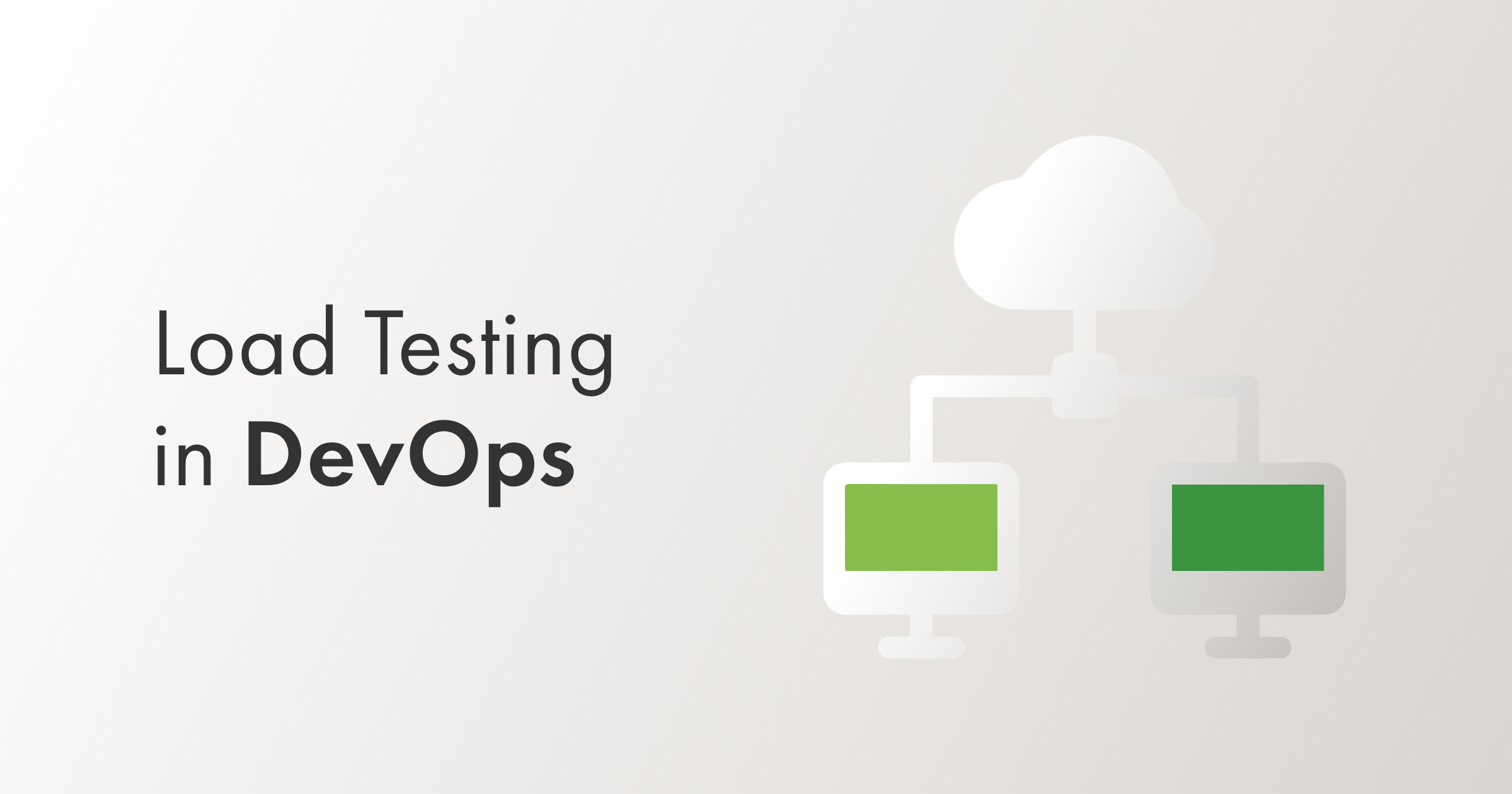What is load testing?
A load test is a subset of a performance test and is a variety of non-functional tests. It simulates user queries from within an app or website to detect bottlenecks and recreates real-life app user scenarios. This enables developers to uncover any slow points before publishing, allowing them time to improve the software before migrating it to a live production environment.
Load testing is commonly used in software engineering for client and server apps, as well as online, Intranet, and Internet apps.
Load testing is an important part of the software development process. It assures that the application will be able to handle the volume and type of requests it will face once it goes live. Using a load testing tool to evaluate your app ensures a seamless user experience and, as a result, avoids negative customer feedback that could have a negative influence on your bottom line.
Load testing simulates user behaviour under normal and high loads to help you understand the app’s constraints. When those limits are surpassed, stress tests, also known as resistance tests, are used to verify the system’s robustness. These tests together provide a capability assessment of an app/website, determining whether it can handle the actual loads it will encounter (with the stress test designed to dig a little deeper).
Best practices of load testing in DevOps
Continuous testing is critical to DevOps practices, as we’ve discussed, but it’s either overlooked or doesn’t include performance testing. The drawbacks of neglecting performance testing in DevOps might be so severe that they completely overshadow the benefits of the strategy. CD is a continuation of CI. It ensures that all code tested in the CI repository matches the testing criteria and is ready to be released.
Once you’ve determined that your code is bug-free and ready for release, it’s important to check its performance against a variety of criteria using the most realistic scenarios.
The best tools and technologies aren’t always sufficient for doing effective load testing on your application. To get the most out of them, you need to know the best practices.
- Outline your company’s goals.
- Determine the application’s and website’s fundamental and vital KPIs.
- Choose the proper tool.
- Create a test scenario.
- Understand your environment.
- Carry out the tests
- Always keep the end-user in mind.
To ensure that your production release is free of performance concerns, use these best practices:
- Test your platform under high traffic and load.
- Use real browsers and devices to perform browser-based load testing.
- Multiple geo-locations are also used to load tests.
- Load test third-party APIs to detect bottlenecks and improve them.
- For a load test, script critical user paths like authentication, checkout, payment transactions, security settings, and so on.
- Important pages that are regularly visited and load-time sensitive should be load-tested.
Final thoughts
DevOps is a next-generation agile process for delivering rapid IT services. Performance testing is one of the most crucial components of deployment to avoid website or application availability and accessibility issues. Load testing combined with DevOps principles in the CD pipeline has a significant impact on performance and user experience. Load testing in the CD process can be automated to achieve this.



